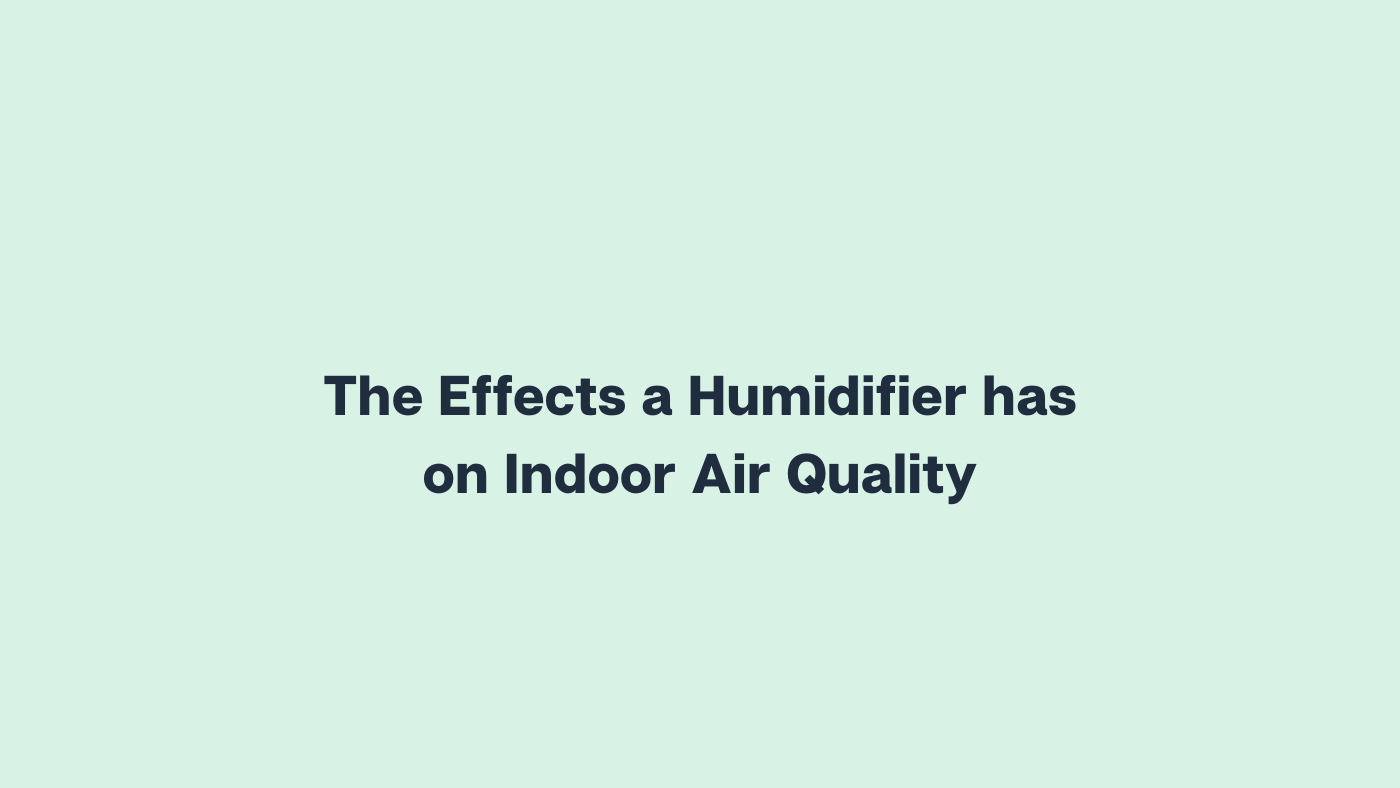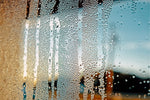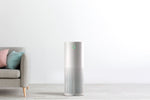The Effects a Humidifier has on Indoor Air Quality

Dry throats and snoring normally have people reaching for a humidifier - it seems like an easy solution. When we're starting to feel the effects of dry air, we know we need to add moisture to it. There's more to it than that. There are certainly benefits of using a humidifier, but there are risks attached. In our quest to ensure we're all breathing cleaner air, we must first consider how humidifiers affect our indoor air quality (IAQ). Is using a humidifier the right way to go?
Humidifier Basics
Most people know a humidifier adds moisture to the air but there's more to consider. To further understand humidifiers and their effect on our everyday lives, we need to know how they work, what types of humidifiers there are, and what we're hoping to get out of them. Let's figure out if you should actually be installing a humidifier.
Types of Humidifiers and How they Work
Ultrasonic humidifiers create cool or warm mist using ultrasonic sound vibrations.
Cool mist humidifiers use high-speed rotating disks to produce a cool mist.
Evaporative humidifiers use fans to push air through a moistened absorbent material to create humidity.
Steam vaporizer humidifiers release steam by heating water with an electrical heating element.
Ideal Outcome
The ideal outcome of purchasing a humidifier might vary from person to person. A humidifier will add moisture to the air but this can serve many things:

Ideally, you want a humidifier that adds moisture to the air, helps with any problems you have due to dry air and doesn't cause further problems. There lies the rub; humidifiers will solve one problem while creating another.
4 Factors that Determine the Success of Humidifiers
1. The Type of Humidifier
Ultrasonic and impeller humidifiers are more known to expel microorganisms and minerals. Evaporative and steam vaporizer humidifiers are less likely to expel pollutants into the air but they can allow for the growth of microorganisms if filled with standing water.
2. The Type of Water
The type of water used in your humidifier has an impact on how it can affect your indoor air quality. Tap water is filled with minerals so when it is aerosolized, minerals that can be digested as water become minerals that are not safe to be inhaled. To avoid dispersing these particulates into the air, use distilled bottled water. Distilled water will have a significantly lower concentration of minerals. Do not use bottles labelled 'spring', 'artesian', or 'mineral' which are rich with minerals.
An experiment ran by Awair tested different types of water in a humidifier showing the difference water can make in the amount of fine dust released into the air.

3. The Humidity Level
An optimal humidity level is between 30% and 50%. When humidity levels are lower than 30%, you're most likely to experience the above symptoms. When the humidity levels are higher than 50%, dust mites and mold are more likely to flourish and send additional particulates into the air causing further health problems. This is outlined well by Air Quality Canada:

4. The Cleaning Frequency
It is very important to keep your humidifier as clean as possible. Where water (especially standing water) is present, germs can grow - at an even higher rate as the humidity levels climb. Anything that grows in your humidifier will blow into the air you breathe if not cleaned. To keep germs, microorganisms, and scale from affecting your air quality, clean your humidifier daily and follow the manufacturer's guidelines.
The Benefits and Risks of a Humidifier
Benefits
A properly functioning humidifier can alleviate allergy symptoms by soothing dry coughs, eyes, throats, and noses. It can also help with bloody noses, congestion, as well as headaches, and migraines.
Risks
Fine Dust: Fine dust is made up of particulates with a diameter of fewer than 2.5 micrometers. You can fit 40 fine dust particles across the width of a single strand of hair. Their minute size allows them to sneak into your lungs unnoticed and thus, your bloodstream. Exposure to fine dust particles can have serious effects on your health:

Too much moisture: If the humidifier isn't monitored and too much moisture is being added to the air, mold, fungus, and microorganisms will thrive. Condensate from excess moisture can deteriorate furniture, walls, and the humidifier's surrounding area.
Particulates: Without diligent cleaning, your humidifier can become infested with mold, germs, and scale which will then be dispersed into the air and inhaled into your lungs.
Humidifier Considerations
Do you need a humidifier? Do the risks outweigh the benefits? They can as long as you make the right choices.
-
Use a steam humidifier and clean it regularly
-
Use distilled water
-
Maintain a humidity level of 30% to 50%
-
Use a HEPA air purifier to mitigate any particles that do enter the air



